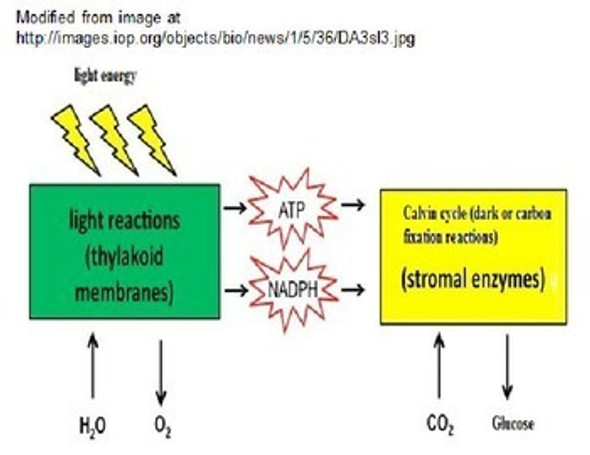Description
This zip file contains many different activities (66 pages of student handouts and 1 PowerPoint with a total of 63 slides) which can be used to compose a unit for chemistry students involving some topics in Organic Chemistry. Topics in this unit include properties of carbon, general properties of organic compounds, families of hydrocarbons (alkanes, alkenes, alkynes and benzene), functional groups (alcohols -- including classes, esters, ethers, aldehydes, ketones, organic acids and amino acids), naming hydrocarbons, isomers, major organic reactions (addition, substitution, fermentation, polymerization, esterification, soaponification, combustion, etc.) and fractional distillation.
These lessons may be easily utilized in most chemistry and some physical science courses. The components this unit addresses in the NGSS Standards and Common Core Standards are indicated at the end of this description.
Many documents are included in both word and pdf to allow editing for specific teacher needs. The contents of the package are well suited for use in distance learning environment.
The specific contents of the learning package includes the following items (the page count for these items are actual student handouts as answer key page counts are not included):
-- Marzano self assessment scale including learning goals and Common Core Reading/Writing and Mathematics Standards for students specific to this unit (2 pages)
-- Cloze notes handout for students with learning goals and Common Core Standards to accompany lesson PowerPoint (14 pages)
-- 63 slide PowerPoint to accompany the cloze notes
-- Organic Chemistry Reference Table (2 pages)
-- Introduction to Organic Chemistry Worksheet (2 pages/10 questions)
-- Alkanes, Alkenes and Alkynes Worksheet with answer key (3 pages/32 questions)
-- Naming Hydrocarbons Worksheet with key (1 page/8 questions)
-- Introduction to Naming Compounds with Functional Groups (2 pages/14 questions)
-- Isomers and Functional Groups Worksheet with with answer key (9 pages/42 mixed format questions)
-- Organic Reactions Worksheet with answer key (6 pages/33 mixed format questions)
-- Cyclic Hydrocarbons and Distillation Worksheet with answer key (3 pages/11 questions)
-- Organic Review Packet with Key for students (pdf only) (11 pages/87 questions)
-- Organic Chemistry Final Exam with answer sheet and key (8 pages/40 mixed format questions)
-- Preparation of Esters Lab with key (3 pages)
Learning Goals
Upon the completion of this unit the student will be able to:
1. know the bonding type, conductivity, relative boiling points, reactivity, and reaction rates associated with organic compounds.
2. identify between examples different homologous series alkanes, alkenes, alkynes, and aromatic hydrocarbons.
3. distinguish between saturated and unsaturated hydrocarbons by looking at their molecular formula, structural formula or general formula.
4. know the name, molecular formula, structural formula, general formula and properties for alkanes with 1 to 10 carbons.
5. define the term isomer.
6. draw structural formulas and name the isomers of butane and pentane.
7. identify the trend between molecule size and the number of isomers it will have.
8. use the IUPAC naming system for naming and writing formulae for alkanes, alkenes and alkynes.
9. know the IUPAC names, molecular formulas, general formulas, structural formulas and properties for benzene series. (including benzene and toluene)
10. identify and write formulae for monohydroxy, dihydroxy, and trihydroxy alcohols.
11. write and identify formulae for ethylene glycol and glycerol.
12. identify structural formulae and substance properties for organic acids, aldehydes, ketones, ethers, and esters.
13. classify and write the following types of organic reactions; addition, substitution, polymerization, esterification, fermentation, saponification and combustion.
NGSS Standards
Students who demonstrate understanding can:
HS-PS1-2. Construct and revise an explanation for the outcome of a simple chemical reaction based on the outermost electron states of atoms, trends in the periodic table, and knowledge of the patterns of chemical properties.
HS-LS1-6. Construct and revise an explanation based on evidence for how carbon, hydrogen, and oxygen from sugar molecules may combine with other elements to form amino acids and/or other large carbon-based molecules.
Common Core State Standards Connections:
ELA/Literacy
WHST.9-12.5 Develop and strengthen writing as needed by planning, revising, editing, rewriting, or trying a new approach, focusing on addressing what is most significant for a specific purpose and audience.
WHST.9-12.9 Draw evidence from informational texts to support analysis, reflection, and research.
Terms of Use
Purchase of the product is for classroom use by the purchaser only. It is a violation for individuals, schools, and districts to redistribute, sell, or post this item on the Internet or to other individuals.
This work is licensed under a Creative Commons Attribution-NonCommercial-ShareAlike 4.0 International License.
View my complete High School Complete Chemistry Course














